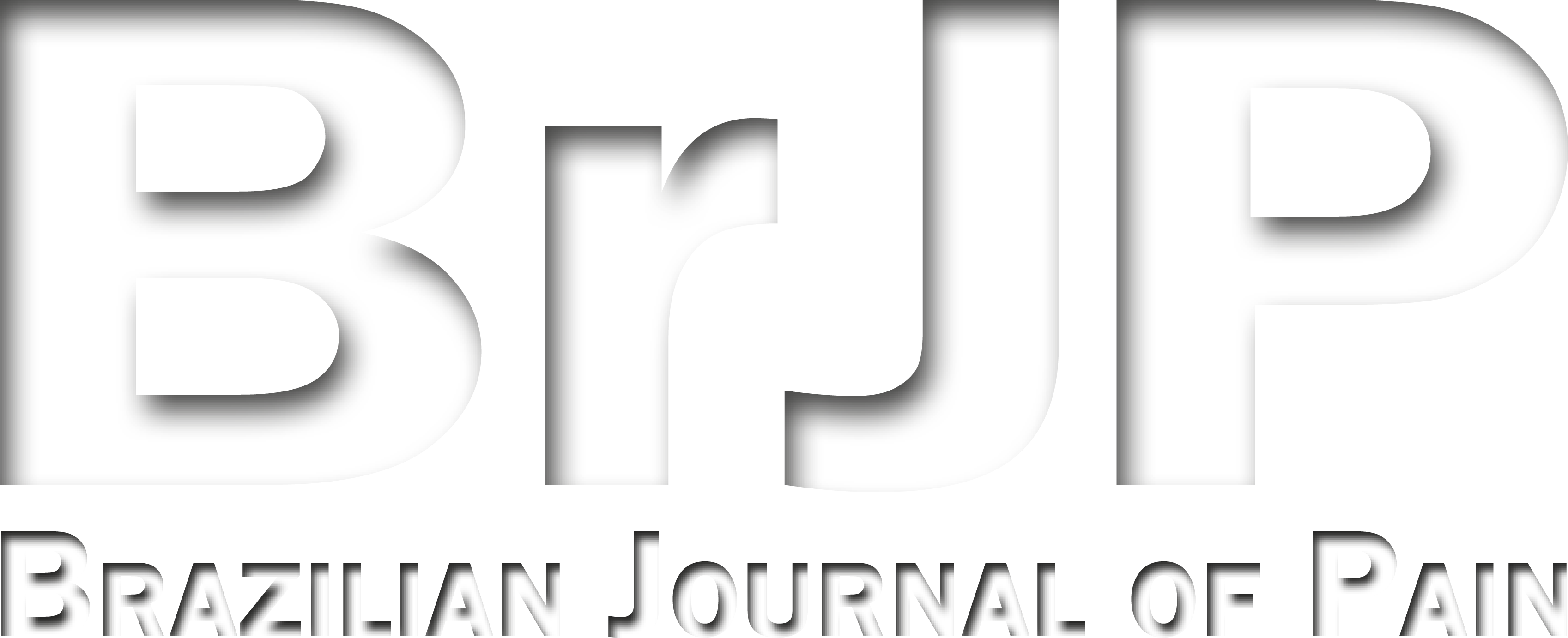Temporomandibular joint arthrocentesis: a technique proposal. Case report
Artrocentese da articulação temporomandibular: uma proposta de técnica. Relato de caso
Eduardo Grossmann; Rodrigo Lorenzi Poluha; João Paulo Bezerra Leite
Abstract
Keywords
Resumo
Palavras-chave
Referências
Nitzan DW, Dolwick MF, Martinez GA. Temporomandibular joint arthrocentesis: a simplified treatment for severe, limited mouth opening. J Oral Maxillofac Surg. 1991;49(11):1163-70.
Bouchard C, Goulet JP, El-Ouazzani M, Turgeon AF. Temporomandibular lavage versus nonsurgical treatments for temporomandibular disorders: a systematic review and meta-analysis. J Oral Maxillofac Surg. 2017;75(7):1352-62.
Nitzan DW. Arthrocentesis-incentives for using this minimally invasive approach for temporomandibular disorders. Oral Maxillofac Surg Clin North Am. 2006;18(3):311-28.
Vaira LA, Raho MT, Soma D, Salzano G, Dell'aversana Orabona G, Piombino P. Complications and post-operative sequelae of temporomandibular joint arthrocentesis. Cranio. 2018;36(4):264-7.
Grossmann E, Poluha RL, Iwaki LCV, Santana RG, Filho LI. Predictors of arthrocentesis outcome on joint effusion in patients with disk displacement without reduction. Oral Surg Oral Med Oral Pathol Oral Radiol. 2018;125(4):382-8.
Grossmann E, Poluha RL, Iwaki LCV, Santana RG, Iwaki Filho L. The use of arthrocentesis in patients with temporomandibular joint disc displacement without reduction. PLoS One. 2019;14(2).
Grossmann E, Guilherme Vargas Pasqual P, Poluha RL, Iwaki LCV, Iwaki Filho L, Setogutti ÊT. Single-needle arthrocentesis with upper compartment distension versus conventional two-needle arthrocentesis: randomized clinical trial. Pain Res Manag. 2017;2017:2435263.
Pasqual PGV, Poluha RL, Setogutti ÊT, Grossmann E. Evaluation of effusion and articular disc positioning after two different arthrocentesis techniques in patients with temporomandibular joint disc displacement without reduction. Cranio. 2018;30:1-8.
Folle FS, Poluha RL, Setogutti ET, Grossmann E. Double puncture versus single puncture arthrocentesis for the management of unilateral temporomandibular joint disc displacement without reduction: A randomized controlled trial. J Craniomaxillofac Surg. 2018;46(12):2003-7.
Sivri MB, Ozkan Y, Pekiner FN, Gocmen G. Comparison of ultrasound-guided and conventional arthrocentesis of the temporomandibular joint. Br J Oral Maxillofac Surg. 2016;54(6):677-81.
Tuz HH, Baslarli O, Adiloglu S, Gokturk T, Meral SE. Comparison of local and general anaesthesia for arthrocentesis of the temporomandibular joint. Br J Oral Maxillofac Surg. 2016;54(8):946-9.
Kaneyama K, Segami N, Nishimura M, Sato J, Fujimura K, Yoshimura H. The ideal lavage volume for removing bradykinin, interleukin-6, and protein from the temporomandibular joint by arthrocentesis. J Oral Maxillofac Surg. 2004;62(6):657-61.
Grossmann E, Poluha RL, Iwaki LCV, Iwaki Filho L. Arthrocentesis with different irrigation volumes in patients with disc displacement without reduction: one-year follow-up. Cranio. 2018;26:1-6.
Yura S, Totsuka Y. Relationship between effectiveness of arthrocentesis under sufficient pressure and conditions of the temporomandibular joint. J Oral Maxillofac Surg. 2005;63(2):225-8.
Chalmers AF. Qualitative novelty in seventeenth-century science: Hydrostatics from Stevin to Pascal. Stud Hist Philos Sci. 2015;51(1):1-10.
Bas B, Yuceer E, Kazan D, Gurbanov V, Kutuk N. Clinical and intra-operative factors affecting the outcome of arthrocentesis in disc displacement without reduction: a retrospective study. J Oral Rehabil. 2019;46(8):699-703.
Submetido em:
05/01/2019
Aceito em:
09/07/2019


